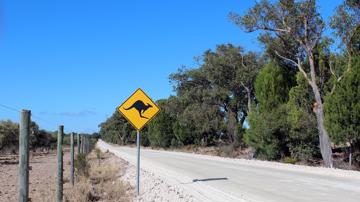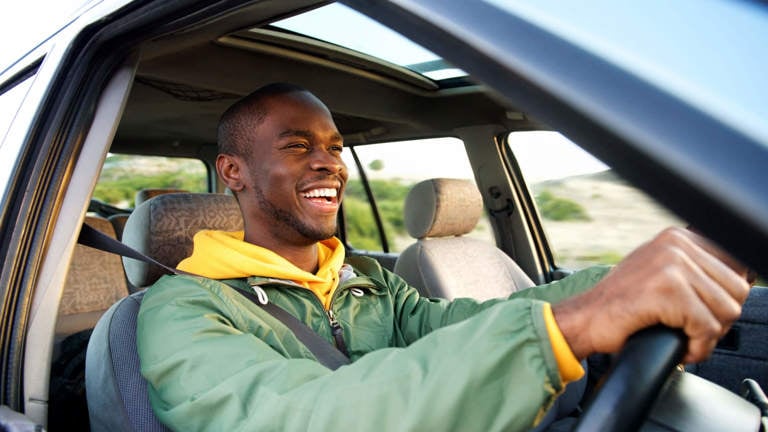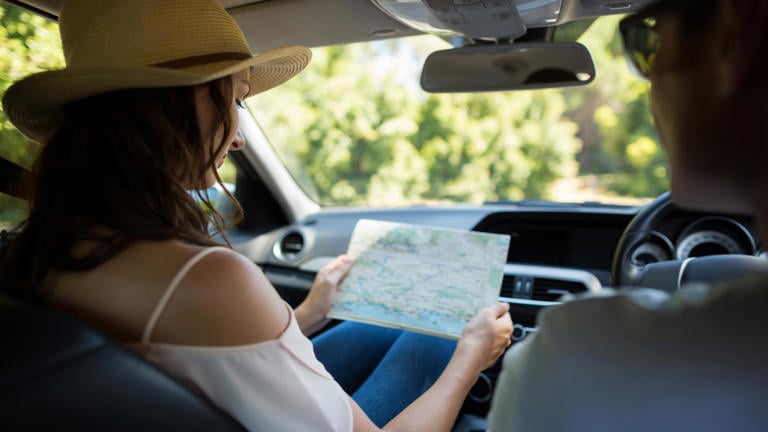Tips to help to avoid hitting a kangaroo
Despite the common perception tourists may have, not everything in Australia is trying to kill us. Sure, we’ve got some dangerous wildlife about, but most of the time, we won’t encounter the wildlife driving around on our daily commutes.
Kangaroos can be an exception. With the red kangaroo growing over 6 feet tall and weighing 90 kilograms, their size and weight can serve up a ton of force and damage. Any encounter you have with a roo can become really nasty really fast – even if you’re in your car.
That’s why knowing tips on how to try to avoid hitting a kangaroo is so important. Here's a look at some useful tips you should know when driving around on Australian roads.
Know where they are and when
It may sound obvious to say it’s important to know where kangaroos live, but many drivers don’t recognise how diverse their habitat is. While you might expect to see them racing across the red sand of the Outback, they're also found in bushland, along the sea, and even in urban areas.
Take extra care when you know for sure kangaroos are likely to be nearby. But don’t assume they're not around if you're in an environment like bushland or farmland. While it may seem unlikely a kangaroo could hop up to the end of your driveway, YouTube videos prove otherwise.
To get an idea of the number of animal collisions that occur in different parts of Australia, including those with kangaroos, take a look at the map below.
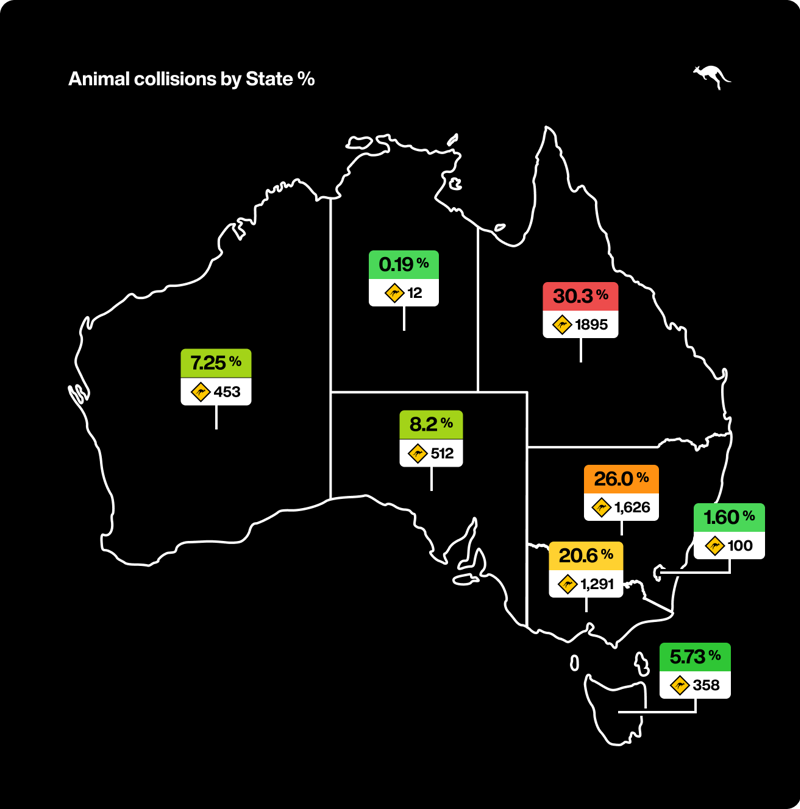
As you can see, throughout 2021 and 2022, Queensland accounted for the most accidents between vehicles and animals, with 1,895 incidents, or just over 30% of the national total. New South Wales was close behind with 1,626, or around 26%, while the Northern Territory accounted for the least with just 12 incidents.1
Time of day is another factor to keep in mind when trying to avoid kangaroos out on the road. As shown below, the peak times for animal accidents to occur are 5pm-9pm and Midnight-6am. So when driving during these hours, be sure to stay extra alert.1
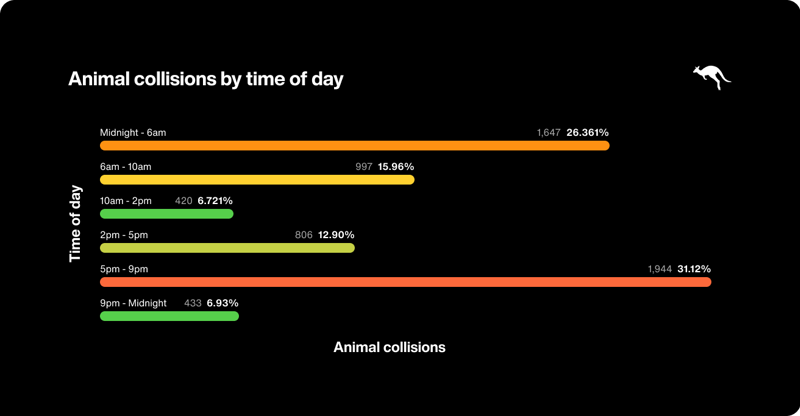
Adjust your driving
Everyone knows speeding is dangerous. That’s why some people may sit a few kilometres under the speed limit. Driving 55 in a 60 zone means you’re not at risk of accidentally going too fast and getting a speeding ticket, but it’s also not so slow as to irritate other drivers behind you.
Usually, keeping close to the speed limit is the ideal way to drive. If you head into an area where kangaroos are known to live, you’ll likely see a sign with a recommended speed limit as well. But since kangaroos can hit a top speed of up to 70 km/h, you should safely slow down if you come across one unexpectedly.
What to do if you do encounter a roo
While you may not be keen to encounter a kangaroo on the open road, the feeling is likely mutual (they don’t like the look of cars either). The exception is when there is a territorial issue in play. If that’s the case, they may be more willing to hold their ground, or even attempt to attack your car.
If you come across a kangaroo standing in the road, make a quick assessment of the reason they’re there, before you decide to drive forward. Specifically, look to see if there’s a kangaroo in their pouch or nearby. If so, the risk of them taking on territorial behaviour goes up a notch.
If you’ve assessed the situation and it appears calm, it’s OK to drive through slowly. Try to avoid the roo without putting yourself at risk (for example, by driving off-road). And don’t put other drivers at risk by driving on the wrong side of the road.
Kangaroos aren’t always a danger
While kangaroos aren’t fun to come across when you’re driving, in general, seeing one up close can actually be a real thrill. If you do have the chance to look at one up close and personal, it’s bound to be more of a special encounter than a bad one.
Just be sure to keep a safe distance, a kangaroo kick can really pack a punch!
1 Based on Youi internal data, January 2021-December 2022
